This article discussing the transformation of the “legacysequel” contains spoilers for Thor: Love and Thunder.
In November 2015, Matt Singer announced “the age of the legacyquel.” It has been an interesting seven years, to say the least.
Conceptually, the “legacyquel” is a particular brand of Hollywood franchise extension. The idea is that a late addition to a given film franchise incorporates both old existing characters to appeal to nostalgic fans and a new cast to attract a younger audience. Ideally, the legacyquel serves to pass the torch from one generation to the next, effectively serving as an acknowledgement of what came before while celebrating what lies ahead.
Of course, legacyquels were not entirely new inventions. There had already been a number of franchises that had run long enough for that torch to be passed. Star Trek gave way to Star Trek: The Next Generation. In The Color of Money, pool hustler Eddie Felson (Paul Newman) from The Hustler trained young hotshot Vincent Lauria (Tom Cruise). Even The Godfather Part III featured Michael Corleone (Al Pacino) passing control of the family to his nephew, Vincent (Andy Garcia).
However, legacyquels came to prominence in the middle of the 2010s because the nostalgia-driven franchise age had been running long enough that many of the cornerstones of these franchises were reaching retirement age. Indiana Jones and the Kingdom of the Crystal Skull introduced Mutt (Shia LaBeouf) as a potential successor to Henry Jones Jr. (Harrison Ford). Creed saw Rocky Balboa (Sylvester Stallone) training Adonis Creed (Michael B. Jordan) to fight in the ring.
Star Wars: The Force Awakens is perhaps the most famous and successful example, featuring all three leads from the original Star Wars showing up to pass the saga to a new generation of characters including Rey (Daisy Ridley), Finn (John Boyega), Kylo Ren (Adam Driver), and Poe (Oscar Isaac). If Hollywood was going to be dominated by these never-ending franchises, this seemed like a sustainable model. It allowed for the inevitable passage of time and the possibility of renewal or reinvention.
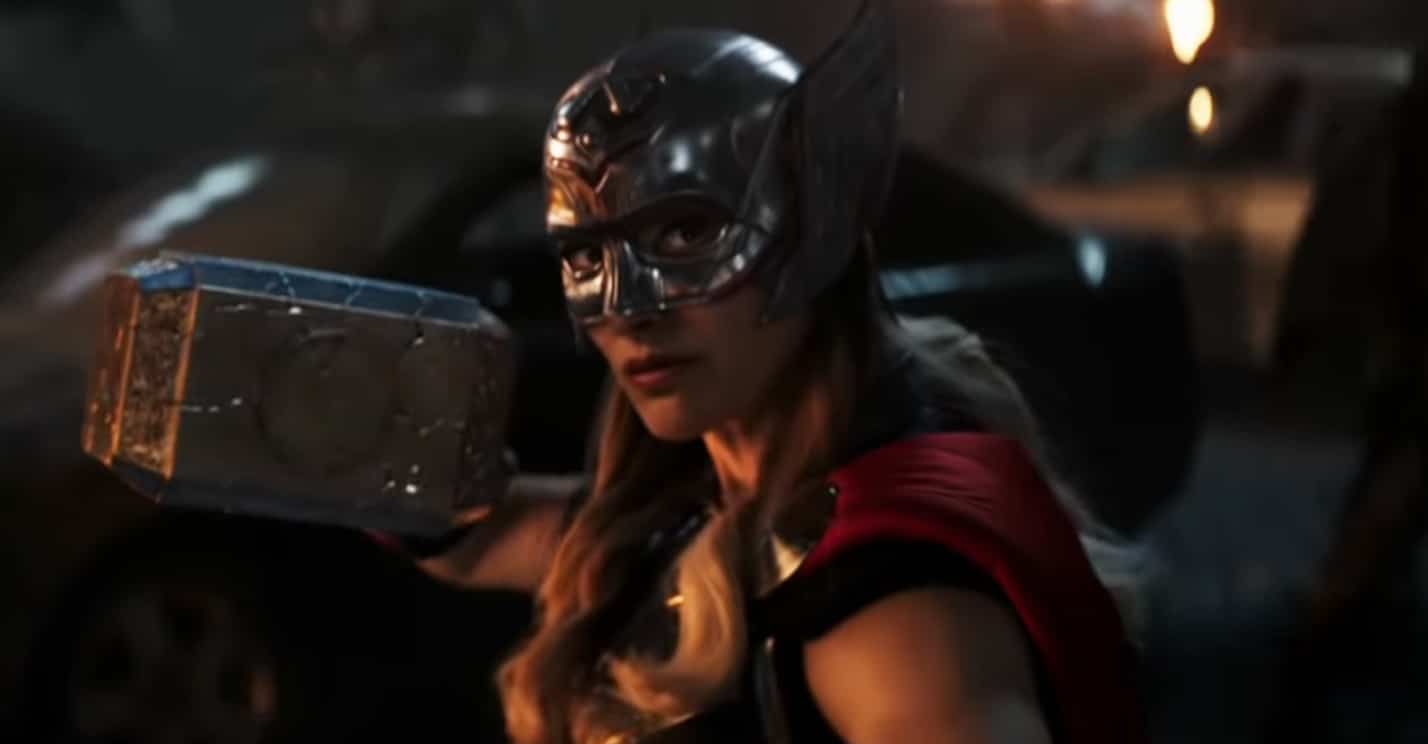
What has been noteworthy about the past couple of years is the extent to which Hollywood has rejected this model of legacyquel in favor of something much more pandering and a lot less sustainable. Increasingly, it seems like blockbusters are content to tease the possibility of an older generation giving way to younger characters, only to yank the possibility away at the last minute in favor of chasing nostalgic fantasy. There is a reason this is the golden age of the aging movie star.
Increasingly, these films will introduce new characters who have potentially interesting stories to tell within the framework of these larger franchises, only to quickly overwhelm them with older returning characters from early installments who receive much greater narrative focus and attention. Instead of being stories about how the old inevitably gives way to the young, these become narratives about how the older generation is never going to die or fade away.
Top Gun: Maverick is a prime example of this. There had long been rumors of a potential sequel to Top Gun. When the project really began to gain momentum in October 2010, actor Tom Cruise was in the midst of a career slump that involved Paramount attempting to sever all ties to him. Early rumors about the sequel suggested that Cruise would play “a smaller role” in the sequel, although this was officially denied by Cruise’s long-term creative collaborator Christopher McQuarrie.
It’s easy to believe that Paramount wanted Cruise to hand over Top Gun to a new generation. After all, by his own account, actor Jeremy Renner was being positioned “to potentially take over” the Mission: Impossible franchise from Cruise in Ghost Protocol, which was primed for a 2011 release. However, at the last minute, Cruise simply refused to shoot a scene in which his superspy Ethan Hunt would receive a career-ending knee injury, walking off set declaring, “I ain’t going nowhere.”
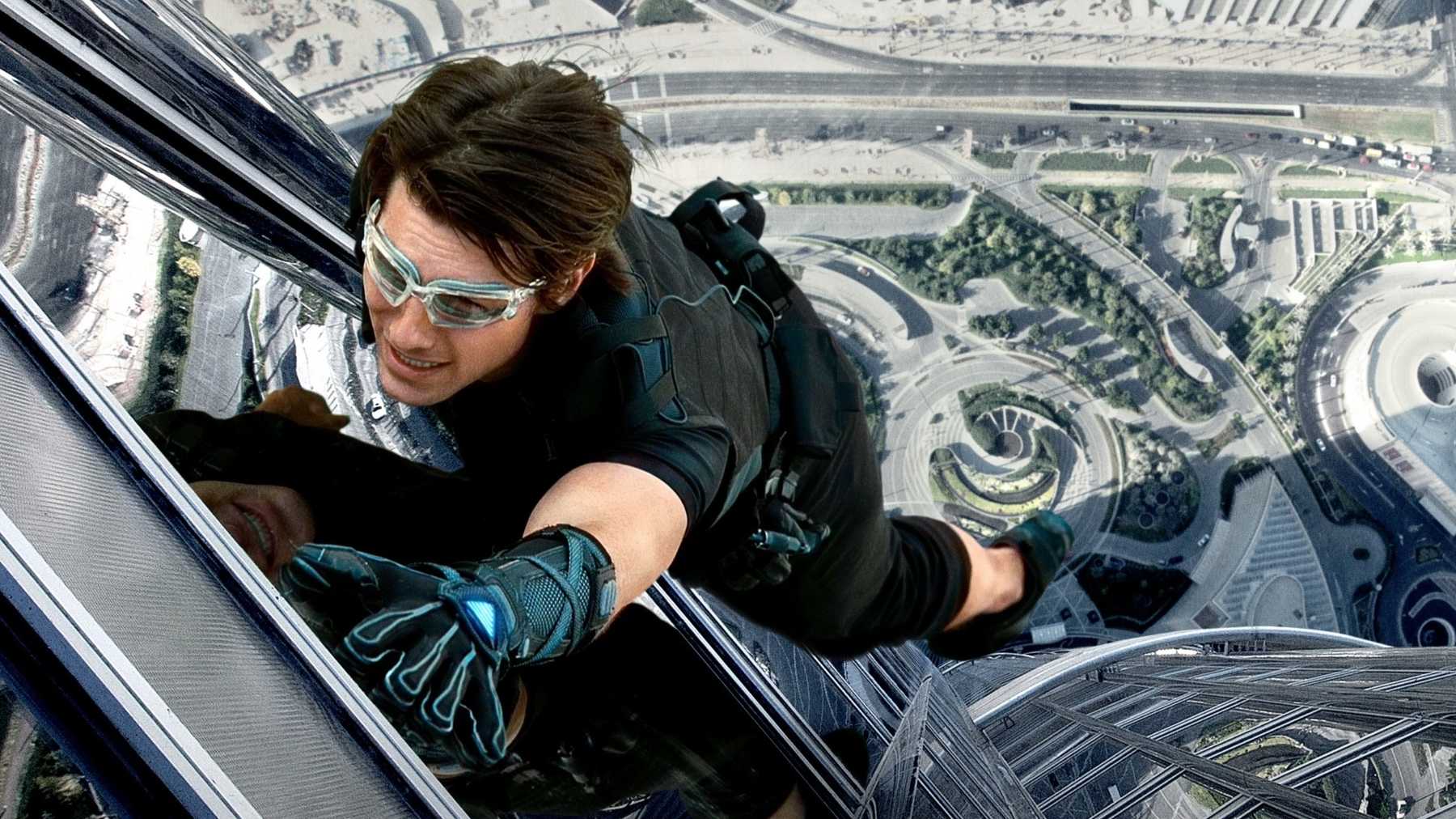
Cruise has been vindicated. Ghost Protocol was the fourth film in the Mission: Impossible franchise, and Cruise is currently set to headline both the seventh and eighth entries in the series. He can furthermore block Paramount from other exploitations of the intellectual property. Top Gun: Maverick is also a star vehicle for Cruise, built around his star persona. Pete “Maverick” Mitchell (Cruise) is not just a mentor to the younger characters, but he flies lead for them on the climactic mission.
This is like imagining a version of Creed where Rocky trains Adonis for most of the movie, but then decides to go into the ring himself at the climax. It is akin to a version of JJ Abrams’ Star Trek where Spock-Prime (Leonard Nimoy) single-handedly rescues the younger Kirk (Chris Pine) and Spock (Zachary Quinto) from the clutches of Nero (Eric Bana). In Maverick, the young pilot Bradley “Rooster” Bradshaw (Miles Teller) exists largely to validate and vindicate the older mentor figure.
There is something similar at play in Thor: Love and Thunder. In that movie, Thor Odinson (Chris Hemsworth) discovers that his ex-girlfriend Jane Foster (Natalie Portman) has become worthy of his hammer Mjolnir and has claimed the title of the Mighty Thor. The film takes a lot of its cues from writer Jason Aaron’s seven-year run on the Thor titles, during which the Odinson was deemed “Unworthy” and Jane took up the mantle in his stead as part of Marvel’s “All-New, All-Different” line.
Aaron’s run was popular, and Jane’s title sold well. However, while Jane got to headline two separate ongoing series as the Mighty Thor, she has to fight for space in Love and Thunder. The movie completely drops the comics plot concerning the Odinson’s “unworthiness,” allowing the character to casually pick up Mjolnir. However, Jane is not even given a single movie to headline as the title character. Instead, she is just one subplot in an overstuffed two-hour spectacle.
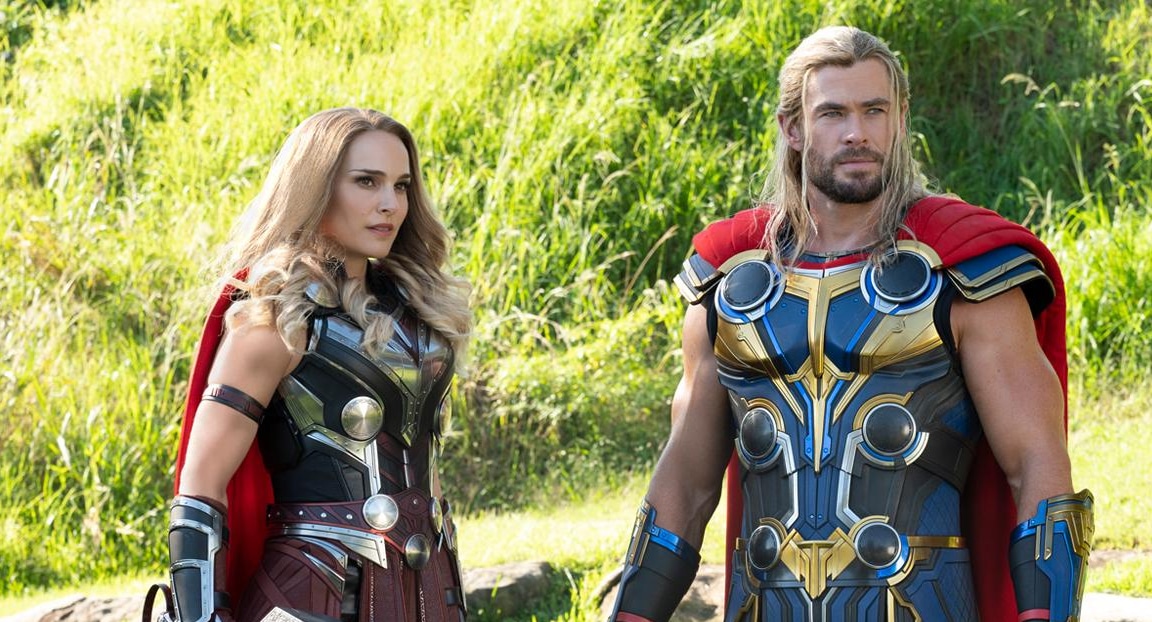
The problem is compounded by how Love and Thunder resolves Jane’s plot. Jane dies of cancer in Thor’s arms. While Thor boasts a couple of times about having “another classic Thor adventure,” Jane only gets to have one such adventure. More than that, her death is treated as a motivating factor for Thor, reaffirming the importance and value of his heroism rather than serving as any statement on her potential. Jane shakes Thor out of his midlife crisis.
To be fair, Natalie Portman is an Oscar-winning actor. Indeed, she had previously announced that she was “done” with the Thor franchise and had a cameo in Avengers: Endgame via recycled footage and a snippet of newly recorded voiceover. She was unlikely to stick around and commit to a franchise like this. In contrast, Hemsworth has given interviews about how he wants to become the longest-serving superhero actor. Still, it’s a frustrating illustration of a larger trend in these movies.
This is an acceleration of a trend that can be traced back to Star Wars: The Rise of Skywalker, with franchise veterans like Lando Calrissian (Billy Dee Williams) and Emperor Palpatine (Ian McDiarmid) leapfrogging the nominal leads of the sequel trilogy like Poe Dameron or Kylo Ren. Increasingly, it seems like these films are not about introducing or establishing new characters, but instead about affirming the primacy and value of the established generation using these new characters.
Characters who had previously departed franchises are often brought back. Jurassic World featured none of the leads from the original Jurassic Park, but Sam Neill, Laura Dern, and Jeff Goldblum are all effectively co-leads of Jurassic World Dominion, crowding out the younger cast. Harrison Ford headlines a new Indiana Jones movie at the age of 79. Where actors can’t be brought back, characters are; six of the nine leads on Strange New Worlds are pre-existing Star Trek characters.
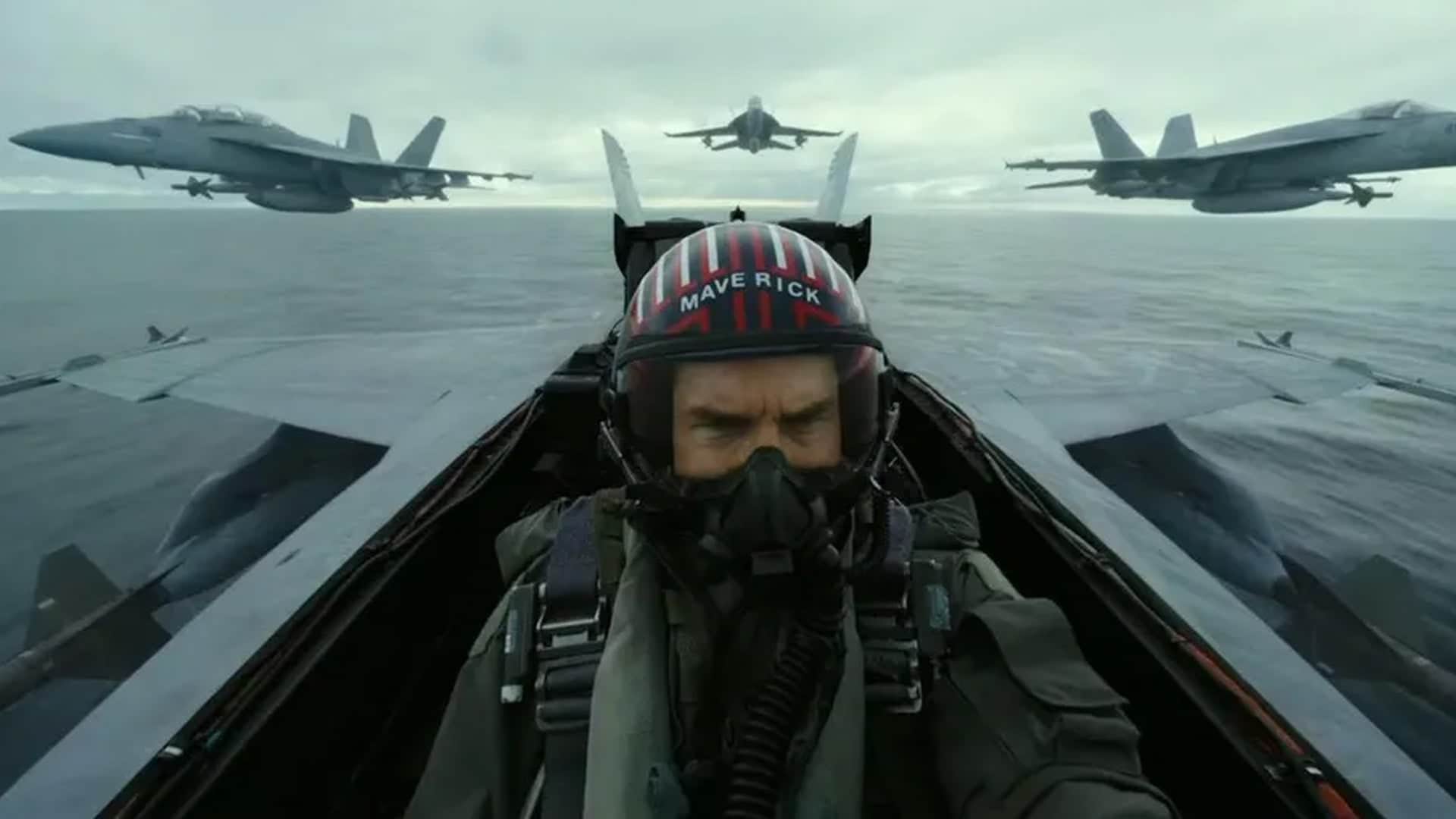
Even movies that feature ostensibly smaller appearances from these older characters are still dominated by this logic. Dan Aykroyd, Bill Murray, and Ernie Hudson only appear briefly in Ghostbusters: Afterlife, but the film is haunted by Egon Spengler, with deceased actor Harold Ramis even appearing via computer-generated imagery. Tellingly, the film doesn’t end staying with new characters like Phoebe (McKenna Grace), but follows the older characters back to New York.
There is something disheartening in all of this, particularly given the vocal harassment that many of these new actors have faced in these franchises. Daisy Ridley, Kelly Marie Tran, and Moses Ingram have all faced targeted harassment from self-described Star Wars fans. Studies recorded vocal “sexist” and “bigoted” responses to the news that Natalie Portman would play the Mighty Thor. It is weird that the mere inclusion of women and people of color has become part of a culture war.
More fundamentally, it illustrates the extent to which modern pop culture is overdosing on the sugar rush of nostalgia that it has been mainlining for decades. It used to be enough to bring back these old and familiar characters for “one last adventure,” but now it is impossible to imagine that these characters might ever have to leave. As the Star Wars franchise has demonstrated, perhaps they don’t have to; faces and voices can be recreated as digital files, trapped in an uncanny limbo.
There is a stagnation to all of this, one that prevents these sorts of properties from evolving in the way that they must to survive in the long term. It’s a rotten and ticking time bomb. Pop culture has spent decades reassuring audiences that nothing ever needs to end, that their favorite stories will continue indefinitely. In the past couple of years, this argument has taken a particularly unsettling turn, reassuring viewers that nothing need ever change either.

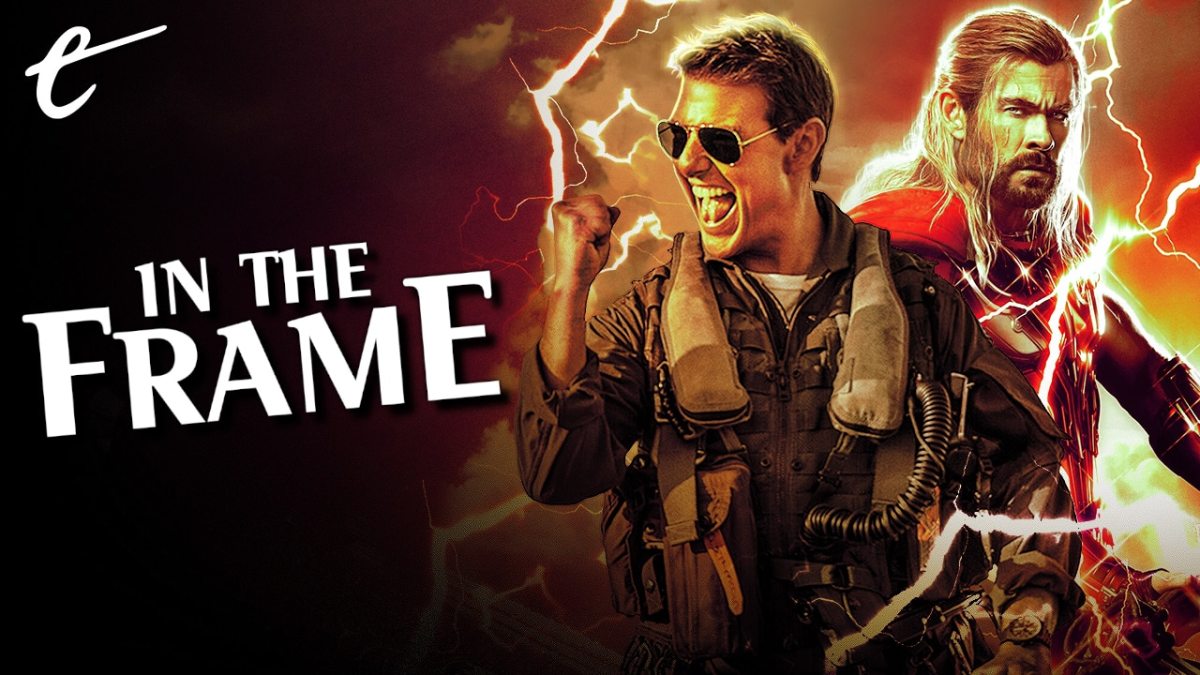




Published: Jul 11, 2022 11:00 am